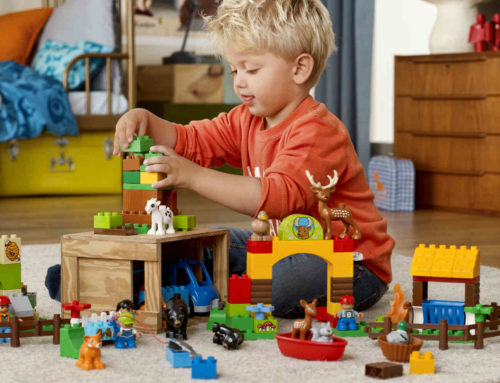What are mealtimes like in your household? Do they match the scenes we see in the movies? You know, the wonderful moment where the whole family sits down at the table together, smiling, laughing, talking so pleasantly to each other whilst eating a gourmet meal? No? I didn’t think so.
If that description does match your experience read no further! You have found the Holy Grail so hang onto it for dear life and enjoy! Do spare a thought for the rest of us though, as we don our battle gear each night to sit down for dinner.
If on the other hand, you are nodding in agreement, fear not… You are not alone!
8 out of 10 Australian parents are concerned about their child’s eating habits. What’s more, one third of parents worry that their child isn’t eating enough. But how do you know if it’s just a normal phase or if it’s something more?
What is fussy eating?
Fussy or picky eating in childhood is completely normal. Your child might happily eat something one day and then refuse to even look at it the next. They may decide that they do not like the shape, colour or texture of particular foods, or they might just reject anything that is new. They may eat you out of house and home one day, and then seem to survive on nothing more than air the next.
This is all a normal part of children’s development (particularly between the ages of 2-5 years) and usually has nothing to do with the food. Rather, it depends on how much they are growing, how active they are and how determined they are to assert their independence. The good news is that most children are likely to get less fussy as they get older.
Sometimes however, waiting for them to grow out of it seems like such an impossible feat, that you’re left wondering if you are actually dealing with a fussy eater or if there’s something more… a problem feeder!
Fussy eater VS problem feeder
If your child is a fussy eater they…
- Will eat at least 30 different foods
- Refuse to try a new food at least 50% of the time
- May start to reject a food they previously liked, but after a 2 week break will go back to eating it.
- May complain about a new or non-preferred food on their plate but can cope with it being there and will tolerate touching or tasting it (even reluctantly).
- Will eat at least one food from each texture group (e.g., soft, hard, crunchy, chewy, smooth, lumpy etc)
- Will eat at least one food from each of the food groups (e.g., bread/pasta/rice/cereal, meat/eggs/legume, dairy, fruit and vegetables)
- Will frequently eat a different set of food at a meal than the rest of the family, but will typically eat with the family
If your child is a problem feeder they…
- Will usually eat less than 20 different foods
- Will stop eating a food they previously liked, and will not eat it again
- May have a “meltdown” when presented with new food and may not be able to tolerate it even sitting on their plate
- Refuse to eat any food belonging to one or more texture groups (e.g., will not eat anything crunchy)
- Refuse to eat any food belonging to one or more food groups (e.g., will not eat any fruit or vegetables)
- Almost always eat different food than the rest of the family and often don’t eat with the family
What should you do if you have concerns?
Generally speaking, if your child seems healthy and is alert and active, then they are probably eating enough. Instead of focussing on what your child eats (or does not eat) at each meal, or even each day, keep a diary of everything they eat and drink over a week. This will give you a better indication of their overall intake and will allow for the normal variation seen day to day. Once you start recording you may actually be surprised at just how much your child is eating, and you may start to notice some patterns that will help make their fussy eating habits a bit more manageable.
However, if you have any doubts you should speak to your GP, your child and family health nurse or an accredited practising dietitian to check your child’s growth.
Next week we will continue to look at fussy eating and will post 10 tips for managing fussy eaters. Don’t forget to come back and visit our blog to check it out.
Remember… Sharing is caring. You can also like our Facebook page for more.






